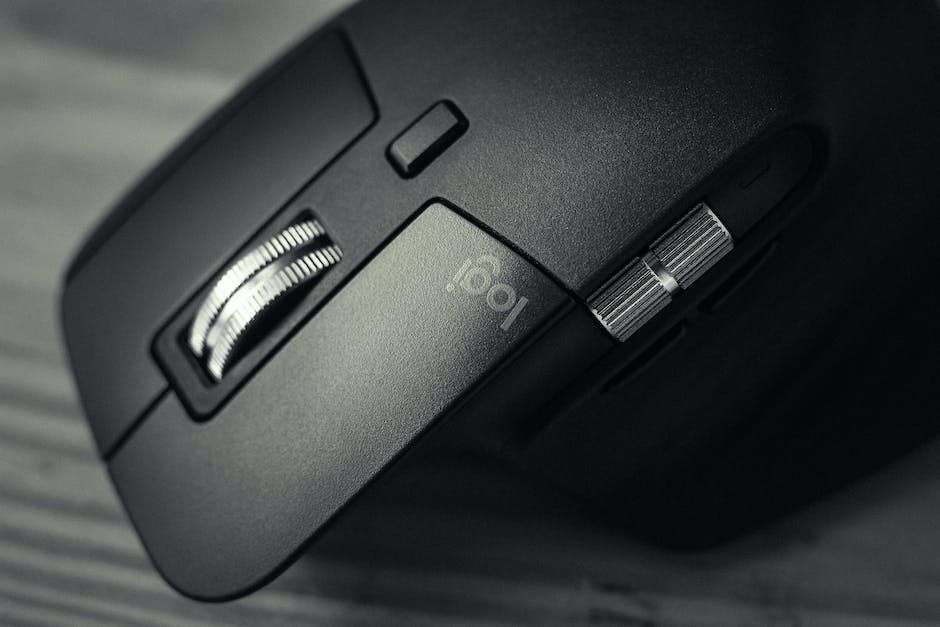Google’s DeepMind team has developed a new machine learning system to teach robots to quickly learn how to perform novel tasks. This system, called Dreamer, uses a combination of reinforcement and imitation learning to teach robots tasks that they’ve never done before.
In order to train robots, DeepMind created two virtual 3-D worlds, DeepMind Lab and DeepMind Control Suite, and gave robots a goal to achieve. The robots then interacted with the environment, taking action and learning from their mistakes. Using this approach, robots were able to familiarize themselves with the environment and make decisions to achieve their goals.
The second part of the training was imitation learning, which used data collected from robotics that had already been trained on a task. This data was used to demonstrate how to solve the task, and robots could then try to mimic the movements to complete the task.
Dreamer combines the two approaches, allowing robots to learn from both reinforcement learning and imitation. This combination helps the robots to quickly and accurately learn how to perform tasks.
The system is already being used to teach robots simple tasks such as navigation or picking up objects. However, the DeepMind team hopes to draw on Dreamer’s capabilities to help robots learn more complex tasks in the future. As robots continue to become more and more advanced, they could be used in many different fields to perform complex tasks that are currently difficult for humans to do.
Google’s DeepMind team has developed a powerful system that has the potential to be used to teach robots novel tasks. With the help of Dreamer, robots could potentially learn complex tasks that could be used in a variety of different fields. By teaching robots to imitate, learn from mistakes, and combine both reinforcement and imitation learning, the DeepMind team is creating the basis for a more intelligent robotics industry.
Hey Subscribe to our newsletter for more articles like this directly to your email.
